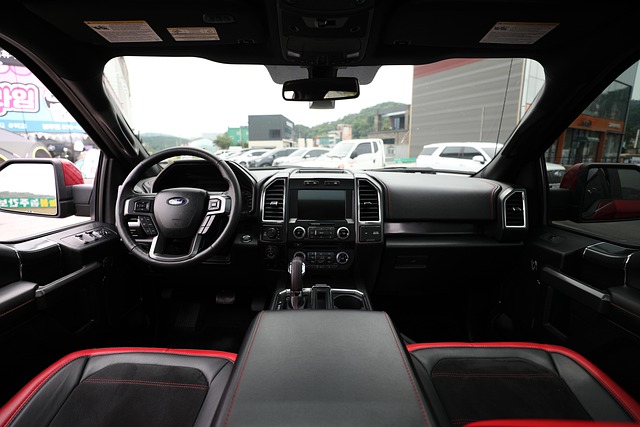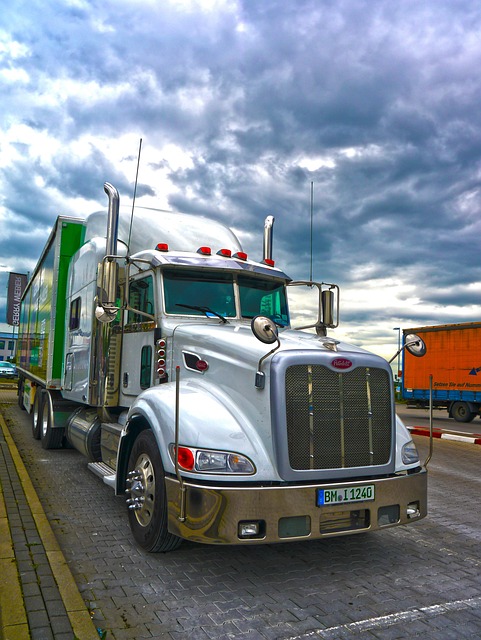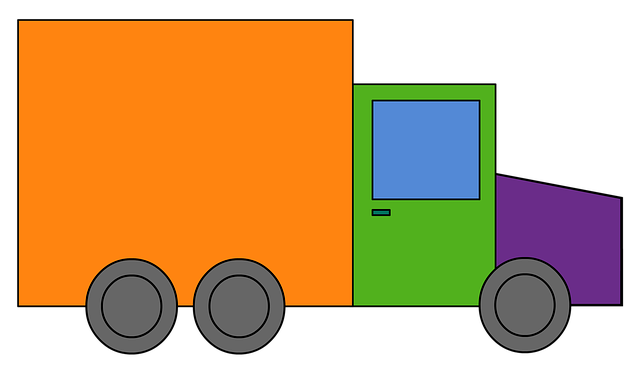Looking to register your car in California? This comprehensive guide walks you through every step, from understanding crucial requirements to securing registration documents. First, grasp the state’s car registration needs, including necessary paperwork and DMV procedures. Next, assemble vital docs and prepare for a seamless DMV visit, where you’ll undergo a mandatory VIN verification process. Pay fees, choose insurance, and receive your official vehicle registration—it’s that easy!
- Understand California Car Registration Requirements
- Gather Necessary Documents for DMV Visit
- Perform VIN Verification at DMV: Step-by-Step
- Pay Car Registration Fees and Select Insurance
- Receive Your Vehicle's Registration Documents
Understand California Car Registration Requirements

Before registering your car in California, it’s crucial to understand the state’s specific requirements for vehicle registration. The California Department of Motor Vehicles (DMV) mandates several key steps and verifications for a successful registration process. One essential aspect is the DMV vin verification, which ensures that the vehicle’s Vehicle Identification Number (VIN) matches the details in their records. This step is critical to prevent fraud and ensure compliance with state laws.
Additionally, you’ll need to undergo a mobile vin inspection or obtain a vin inspection certificate from an authorized source. These verifications help validate the authenticity of your car and its components, further streamlining the registration process. Keeping these requirements in mind and ensuring timely completion will facilitate a smooth transition for registering your vehicle with the California DMV.
Gather Necessary Documents for DMV Visit

Before heading to the California Department of Motor Vehicles (DMV), ensure you have all the required documents for a smooth registration process. The key pieces include your vehicle’s registration certificate from the previous state, proof of insurance, and a valid driver’s license or identification card. Additionally, you’ll need to undergo a DMV VIN verification, which involves checking the vehicle’s unique identifier (VIN) to ensure its authenticity and history.
It’s advisable to also carry any prior maintenance records, especially if your car has undergone significant repairs or modifications. If you’re using a mobile vin verifier or undergoing a mobile vin inspection, have those reports ready as they can expedite the verification process at the DMV.
Perform VIN Verification at DMV: Step-by-Step

To begin the car registration process in California, you’ll need to perform a Vehicle Identification Number (VIN) verification at your local Department of Motor Vehicles (DMV) office. Here’s how to do it step-by-step:
1. Gather all necessary documents, including your vehicle’s title, registration, and proof of insurance. Also, make sure you have the VIN number readily available as it’s crucial for the verification process.
2. Visit your nearest DMV office during their operational hours. Most offices accept walk-ins, but it’s a good idea to call ahead and confirm their availability, especially if you’re in a rush.
3. Locate the section dedicated to VIN verifications. A friendly staff member will guide you through the process. They’ll need to cross-reference your VIN with their records to ensure the vehicle matches the details on file.
4. In some cases, a mobile vin inspection or mobile vin verification service might be offered, allowing you to complete this step without visiting the DMV in person. This convenience is ideal for those with busy schedules or accessibility needs. A mobile vin verifier can efficiently perform the check and help streamline your registration process.
Pay Car Registration Fees and Select Insurance

After completing your vehicle’s registration application at the California DMV, the next step is to pay the required fees. This typically includes a registration fee and, if applicable, a vehicle license fee. The amount will depend on various factors such as your vehicle’s type and age. You can usually pay these fees online or in person at the DMV. It’s crucial to ensure you have valid insurance before registering your car, so select an insurance provider that suits your needs and budget.
When insuring your vehicle, consider utilizing a mobile vin inspection service for added convenience. These services allow you to verify your car’s history and identify potential issues through a simple process using your phone. A mobile vin verifier can provide valuable insights into your vehicle’s past, ensuring you make an informed decision when it comes to insurance choices.
Receive Your Vehicle's Registration Documents

After completing your vehicle purchase, it’s crucial to receive all the necessary registration documents from the seller. This typically includes a Bill of Sale, which should clearly state the vehicle’s details like make, model, year, and unique identification number – the Vehicle Identification Number (VIN). The VIN is essential for various processes, including the DMV vin verification step in California. It serves as a digital fingerprint for your car, enabling quick cross-referencing with vehicle history reports.
To streamline the registration process, consider using a mobile vin verifier or undergoing a vin inspection. These services allow you to verify the VIN’s authenticity and retrieve crucial information about any previous accidents or repairs from the comfort of your home. This proactive approach can help ensure a smooth transition when registering your car with the California Department of Motor Vehicles (DMV).
Registering a car in California involves understanding state requirements, gathering essential documents, completing a DMV VIN verification process, paying registration fees, and securing insurance. By diligently navigating each step outlined in this article—from preparing necessary paperwork to successfully performing a DMV VIN verification—you’ll be well on your way to ensuring your vehicle’s compliance with California’s regulations. This streamlined process not only facilitates smooth ownership but also ensures you’re protected on California’s roads.
